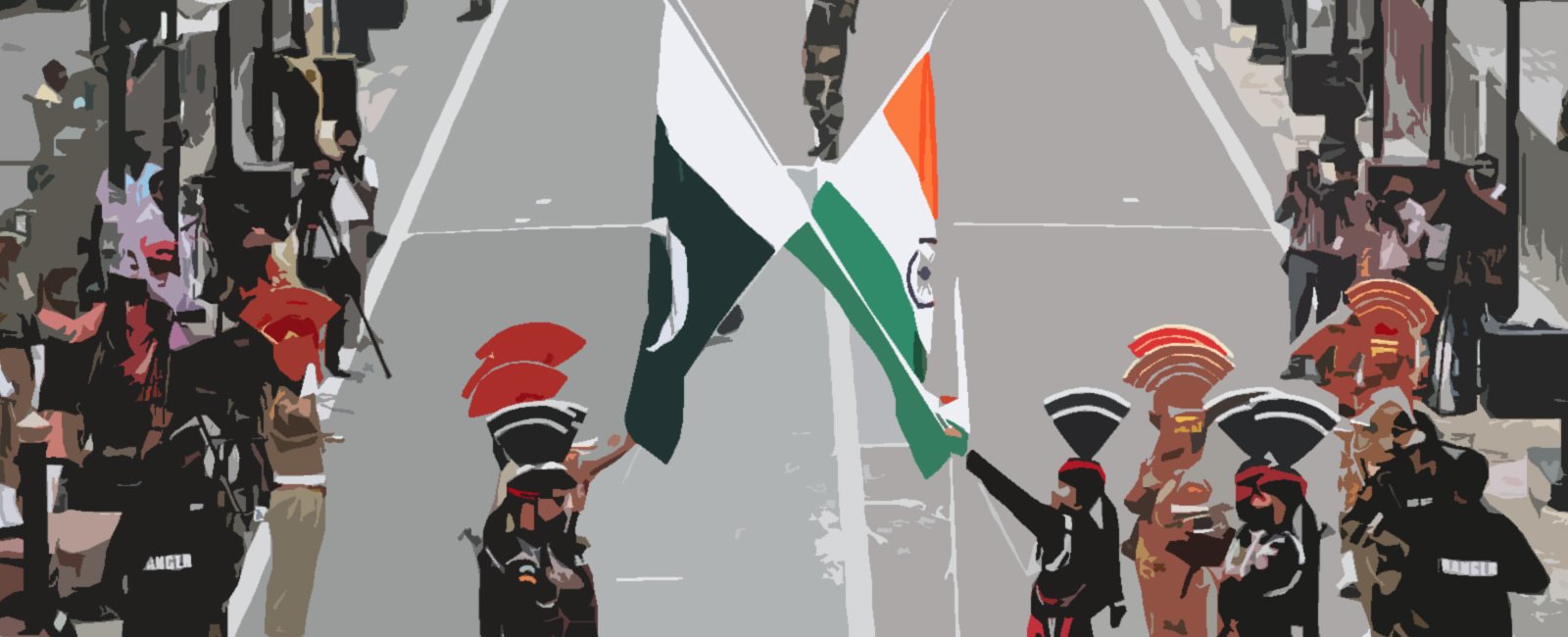After a nuclear near-miss, time to reimagine Pakistan-India ties
The post-Pahalgam episode amid continued tensions between both countries has shown that South Asia’s nuclear peace is no longer self-sustaining

Did Pakistan and India narrowly escape the nuclear Mayday? Had it not been averted by a fragile ceasefire, the four-day conflict between the South Asian nuclear powers might have pushed the region to an irreversible nuclear brink. Yet the war of nerves and narratives is not truly over.
By tactfully using nuclear deterrence, Pakistan upheld Thucydides’ age-old principle that “justice depends on the equality of power to compel,” successfully forcing India to come to terms with its position. Pakistan’s much-needed response guaranteed that the bilateral rivalry would be taken seriously by the international community, which, otherwise, in the words of US Vice President JD Vance, was “none of their business”. Breaking its indifference, the US's welcome intervention ushered South Asia's regional stability dynamics into a new era. Unlike earlier crises, the post-Pahalgam Pakistan–India escalation and de-escalation must not be treated as the new normal. It requires a critical and fresh assessment.
The 1999 Kargil War, largely contained in the Kashmir region, was the first episode of its kind, as both countries, by then, had become nuclear powers that reset the war threshold in the armed conflict. It reshaped foreign policy choices and brought relative stability to the region. However, the recent combat has reshaped the red lines. From India’s use of water as an instrument of war to missiles and drones hitting each other’s territory, the war threshold has been further lowered. Not in terms of advanced military technology, but also in the scope of territory attacked, the threat of a spiralling conflict reaching a new threshold became more than vivid.
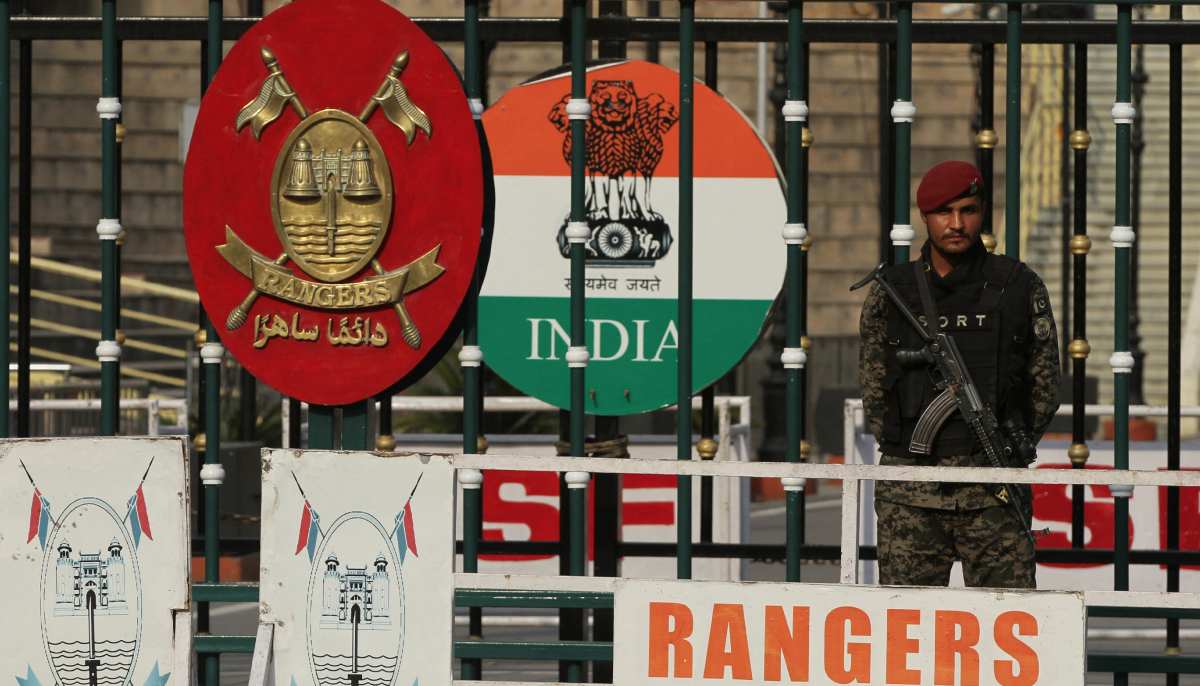
This was the first time that India had struck inside Punjab: Bahawalpur, Muridke, Shakar Garh and Sialkot — since the 1971 war. Then the drone war inside Karachi and Lahore, and in Indian cities, brought a new height to the crisis. It also perhaps set a new baseline for future conflict. Is it time to put guardrails in place to avoid nuclear confrontation, which hitherto has been considered by many to be improbable?
After the 1971 war, both countries signed the Shimla Accord, which maintained that both countries would settle their differences through bilateral negotiations. However, on multiple occasions, even after the accord, Pakistan-India ties were mediated, particularly by the US. Pakistan has always maintained that all bilateral disputes, particularly the Kashmir dispute, should be resolved using international law as the main yardstick.
India, on the other hand, has persistently refused to give multilateralism any space in determining bilateral relations, except to defuse tensions if they happened to occur. But this seemed to change on May 10, when President Donald Trump announced the ceasefire brokered by him, which Pakistan readily and India reluctantly confirmed. Later, President Trump went further, beyond defusing the crisis, and said, “I will work with you both to see if, after a thousand years, a solution can be arrived at concerning Kashmir.”
It is not just the Partition, but the weight of history itself that sets Pakistan and India apart. Almost 77 years after the historic event in 1947, both states have remained locked in confrontation shaped by historical animosity. The "thousand years" phrase by Donald Trump is not such a misfit term. Amid this intense rivalry, managing bilateral relations has been a fundamentally challenging task for foreign policymakers. The post-May 10 ceasefire adds new dimensions to the challenge.
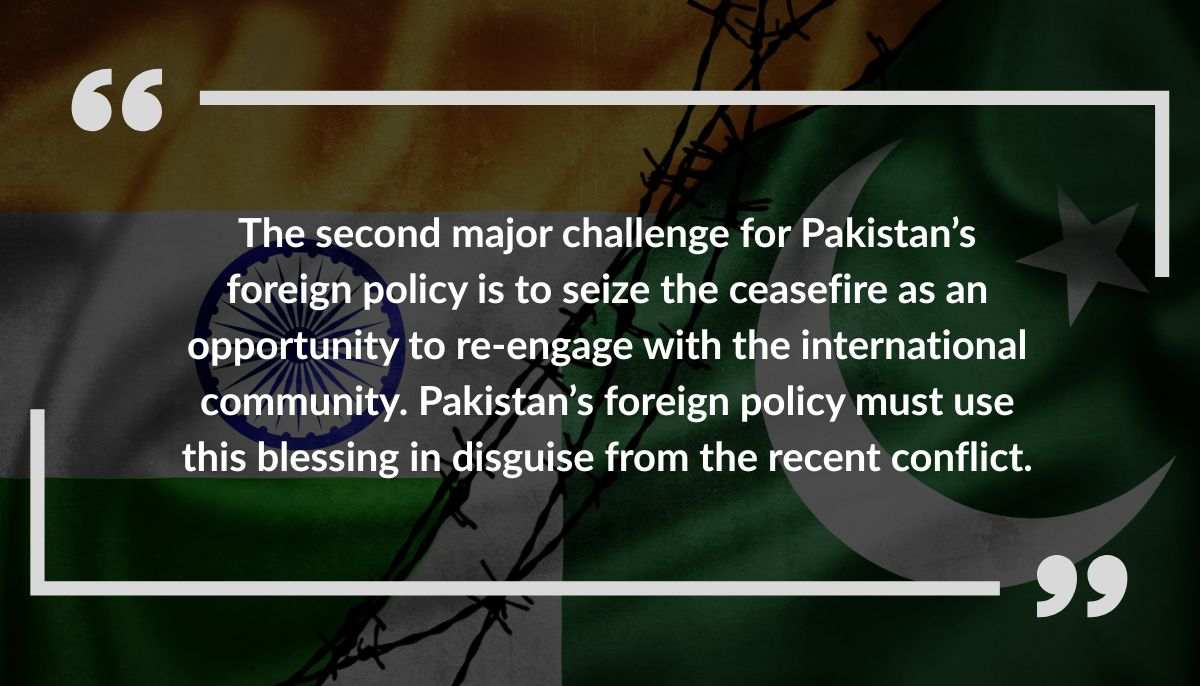
Among others, the first and foremost is to adapt its strategic posture and realign it with the newly emerging thresholds in Pakistan-India strategic relations. In Machiavellian terms, Pakistan must act like a “lion” — resolute and unyielding. It must leave no doubt, for India or the international community, that any future military adventurism will be met with an uncompromising defence of its territorial integrity and sovereignty. This becomes more salient than ever owing to the lowering of thresholds, signalling that nuclear deterrence alone may not be effective in deterring limited military conflict. May 10 provided the best opportunity to materialise it.
The second major challenge for Pakistan’s foreign policy is to seize the ceasefire as an opportunity to re-engage with the international community. Pakistan’s foreign policy must use this blessing in disguise from the recent conflict. India’s adventure has brought multilateralism, as an unintended consequence, yet again as an effective instrument for regional stability.
Though India has always been reluctant to accept multilateralism, Pakistan’s calibrated response compelled India to accept external mediation, at least temporarily. The need is to sustain this multilateralism in the wake of fractured peace in the region. Pakistan must institutionalise backchannel diplomacy and develop regional crisis management frameworks, including seeking structured roles for trusted external powers (e.g., China, Gulf states, Turkey).
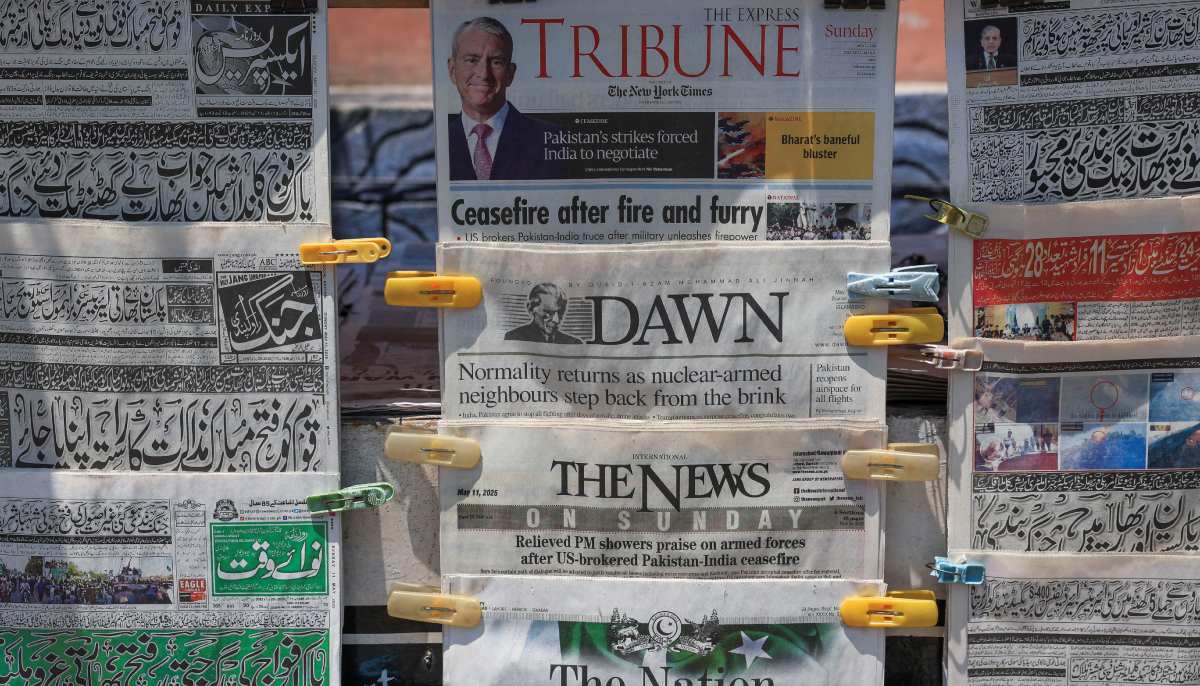
Third, Pakistan must confront the rising threat of Fifth Generation Warfare (5GW), where wars are fought with narratives and perception formation. In Morgenthau’s words, the government must become the master of public opinion, not its slave. In the age of information, misinformation, and myth-information, the nature of warfare has truly revolutionised. Mastering narratives and public opinion becomes a frontline task for foreign policymakers, who must constantly engage and invest in strategic communication.
Indian society is being hijacked by a hate industry that tends to resonate at the international level through false allegations and misinformation against Pakistan. More alarmingly, recent years have seen attempts to destabilise Pakistan internally by deepening divides between its people and key state institutions. The last couple of years have seen sustained efforts to destabilise Pakistan from within by creating rifts between the people and the main stakeholders of Pakistan’s territorial integrity. All these efforts must be coupled with overcoming domestic dissent through extended dialogue between and among all political and non-political forces.
Fourth, it’s high time that Pakistan meets the challenge of fighting a war launched through non-traditional weapons. The Indus Waters Treaty (1960) between India and Pakistan, which had survived vicissitudes and even major wars, came under threat of being abrogated by India after the Pahalgam incident. Islamabad categorically described India’s decision to walk away from its obligations under the treaty as an “act of war”. Pakistan must find means other than weapons to counter India’s tactical use of water as a weapon. This means activating the treaty’s dispute resolution clauses and seeking neutral arbitration under the World Bank framework when needed. It must internationalise the risks, categorise India’s behaviour as somewhat irresponsible, and propose regional security dialogue mechanisms to outdo India’s efforts to destabilise regional stability. At home, Islamabad must pair diplomacy with resilience: invest in water saving technologies, modernise irrigation, and expand storage so that coercion loses its leverage.
Also, to shift the moral high ground, Pakistan may propose a broader regional peace doctrine. Using media diplomacy in this regard can strengthen foreign policy narratives.
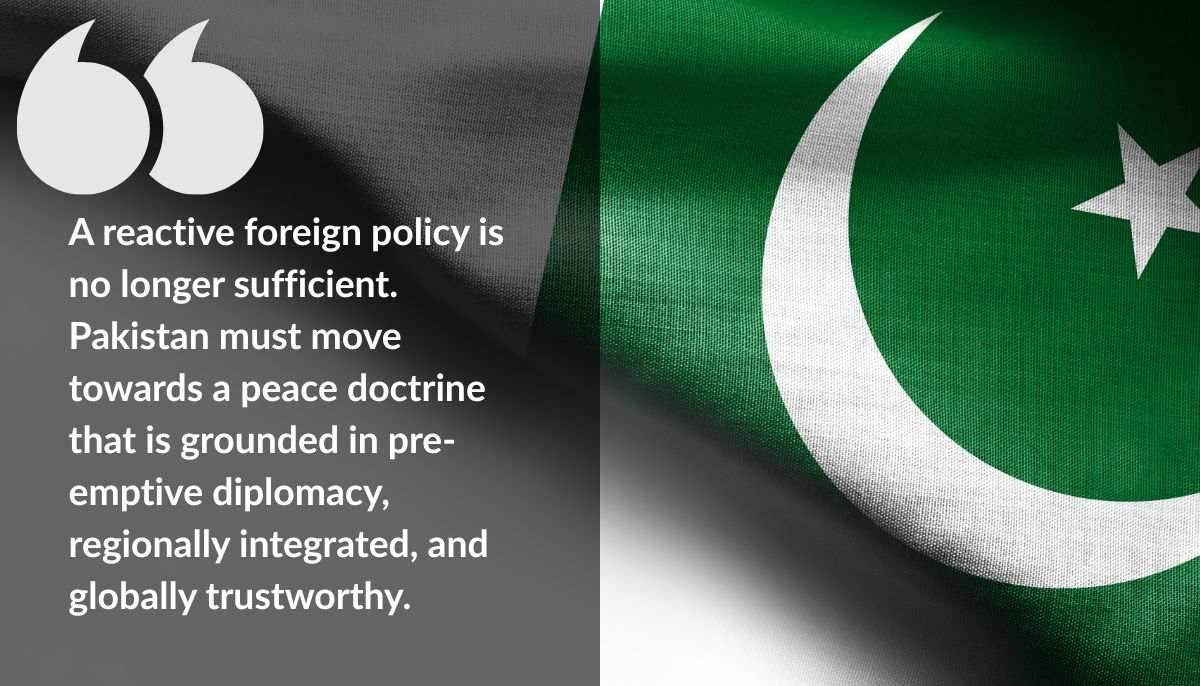
Fifth, Pakistan must respond to the regional reconfiguration amidst the changing nature of its ties with Afghanistan. In a surprising move on the 16th of May, Indian Foreign Minister S Jaishankar held a telephonic conversation with the Taliban’s acting Foreign Minister Amir Khan Muttaqi — the first direct political outreach by India since 2021. It must, and should have, raised eyebrows in Islamabad and requires more calculated, cautious, yet constructive engagement with our neighbours on the western borders to outdo any potential threat in the making. Pakistan must avoid knee-jerk reactions and instead reimagine its Afghanistan policy in a way that safeguards its national interests while fostering regional stability.
Last but not least, one may do marvellous and miraculous things on the battlefield, but it only deserves celebration when backed by a stable society. As a matter of fact, given the dire economic conditions and deep-rooted governance crises, outsmarting the enemy on the battlefield cannot be self-sustaining. No foreign policy can endure without being domestically backed by a well-governed society. To come out of the multiple layers of governing crises, Pakistan will have to step up to overhaul the system. Domestic dissent can only be addressed with redistributive social and economic justice through economic ascent. After all, a house divided against itself cannot stand.
The post-Pahalgam episode amid continued tensions between the two countries has shown that South Asia’s nuclear peace is no longer self-sustaining. A reactive foreign policy is no longer sufficient. Pakistan must move towards a peace doctrine that is grounded in pre-emptive diplomacy, regionally integrated, and globally trustworthy. The challenge ahead is not merely deterring war or avoiding another nuclear Mayday, but rebuilding a framework that makes peace possible — and permanent.
Muhammad Faisal Awan is an assistant professor at the University of Karachi’s Department of International Relations.
Header and thumbnail image via Reuters



